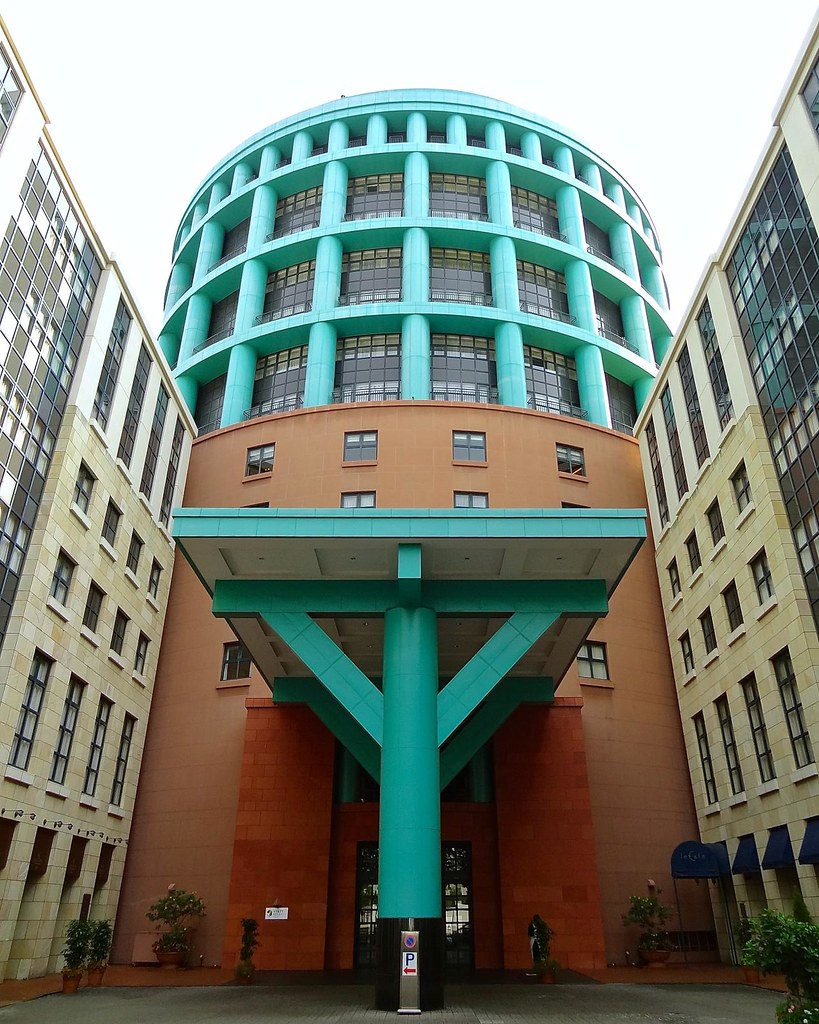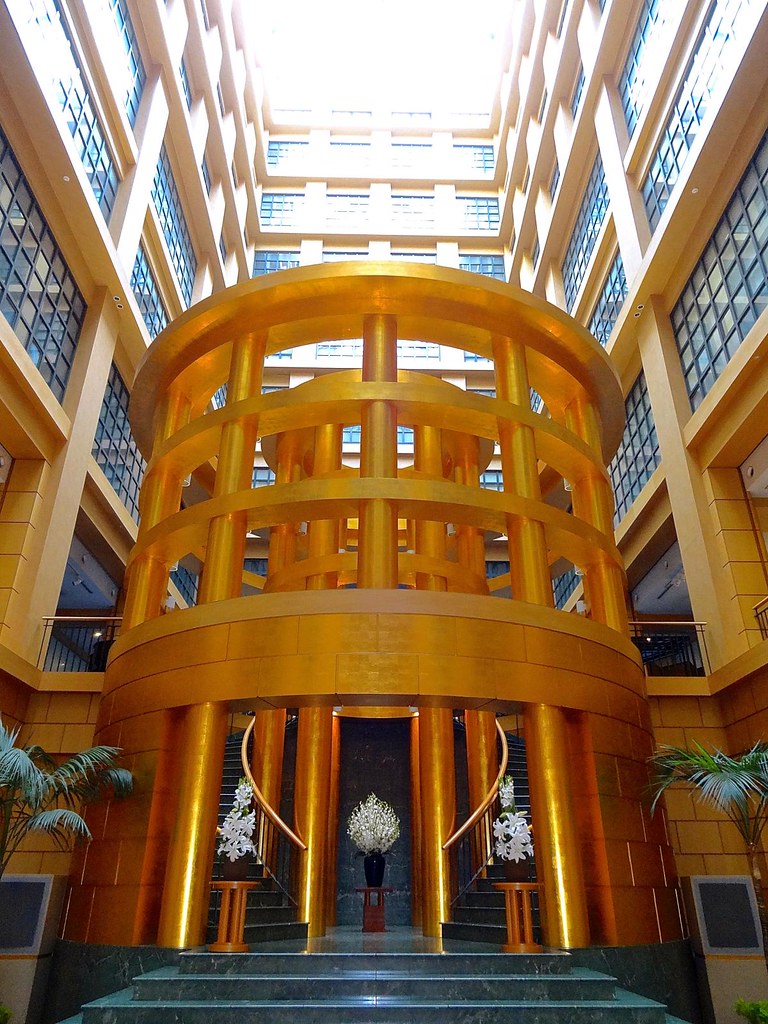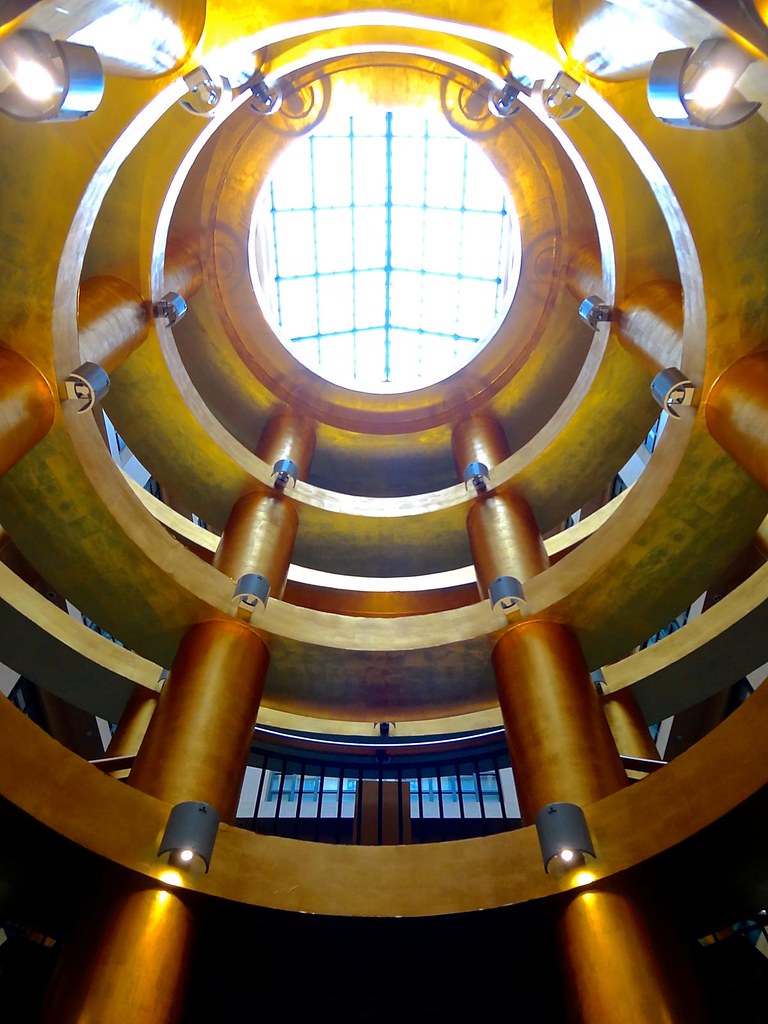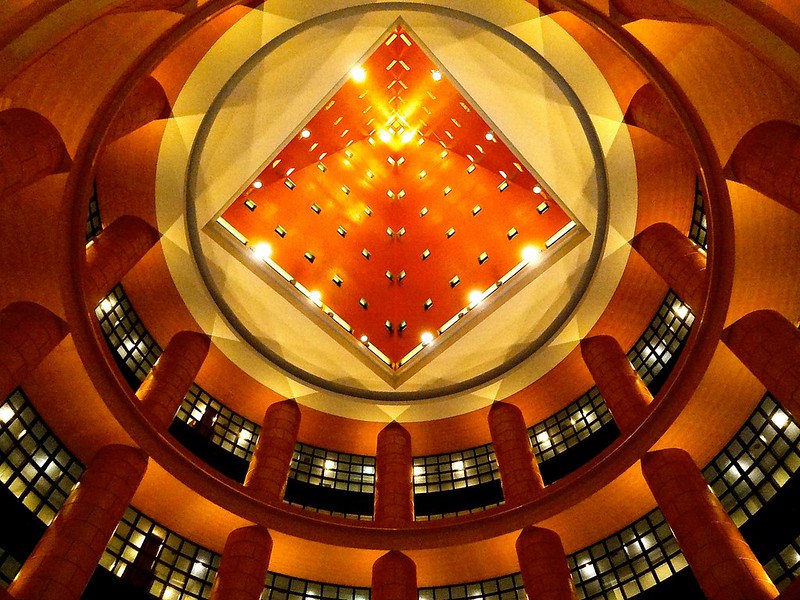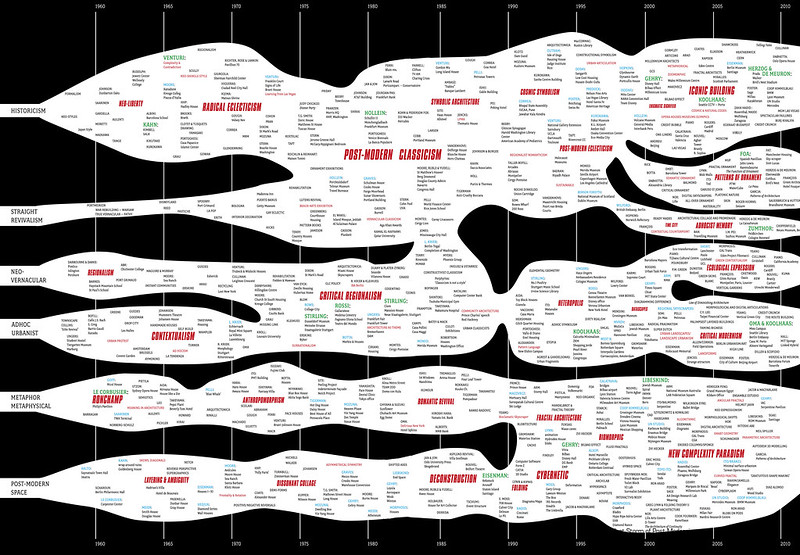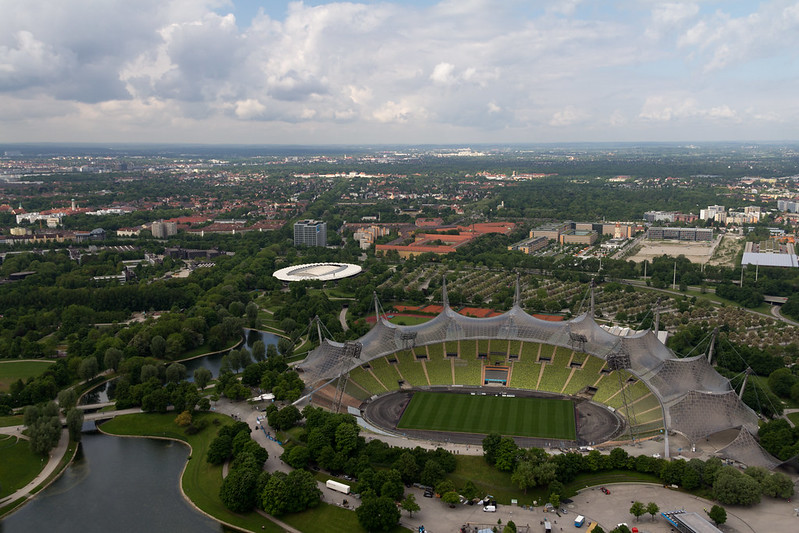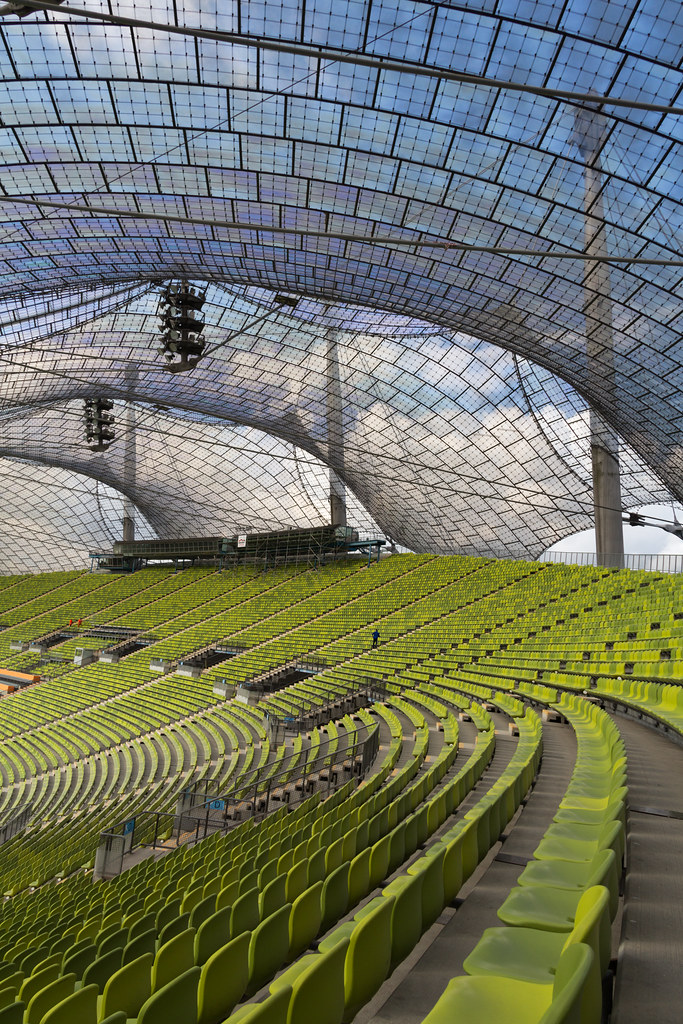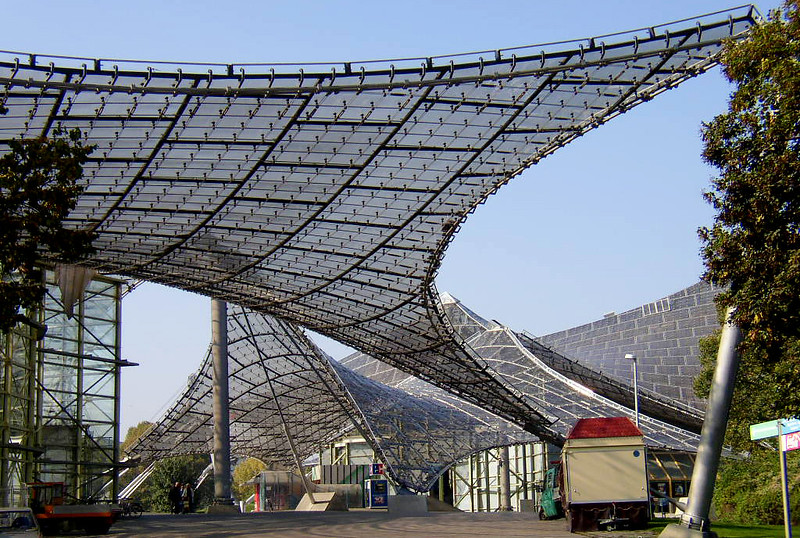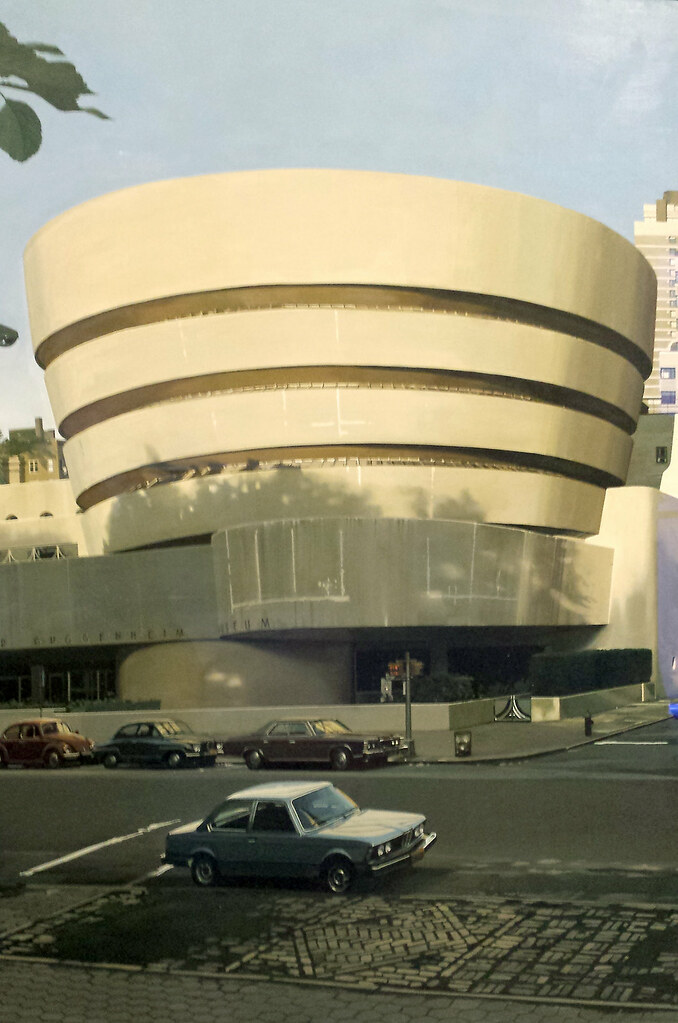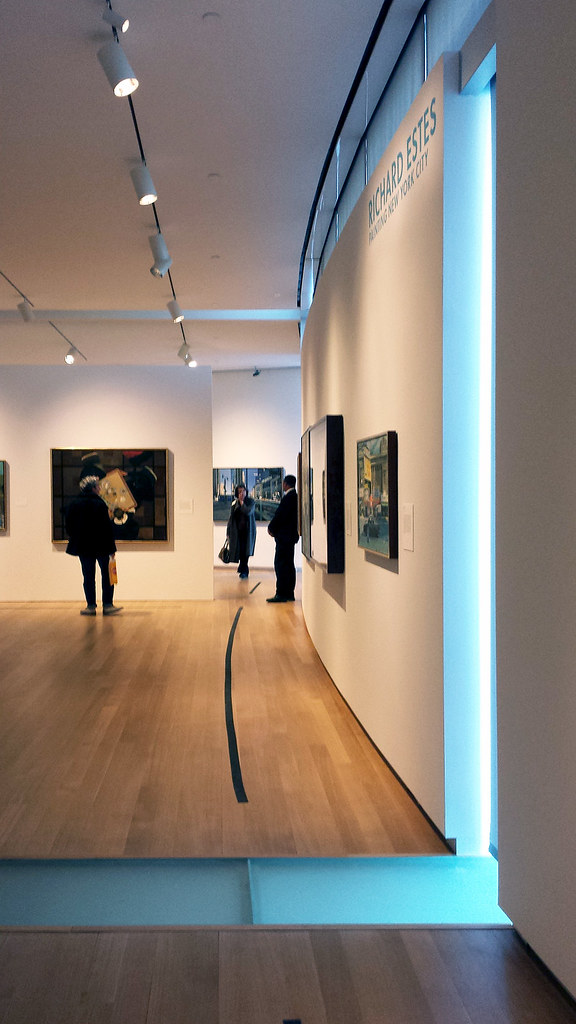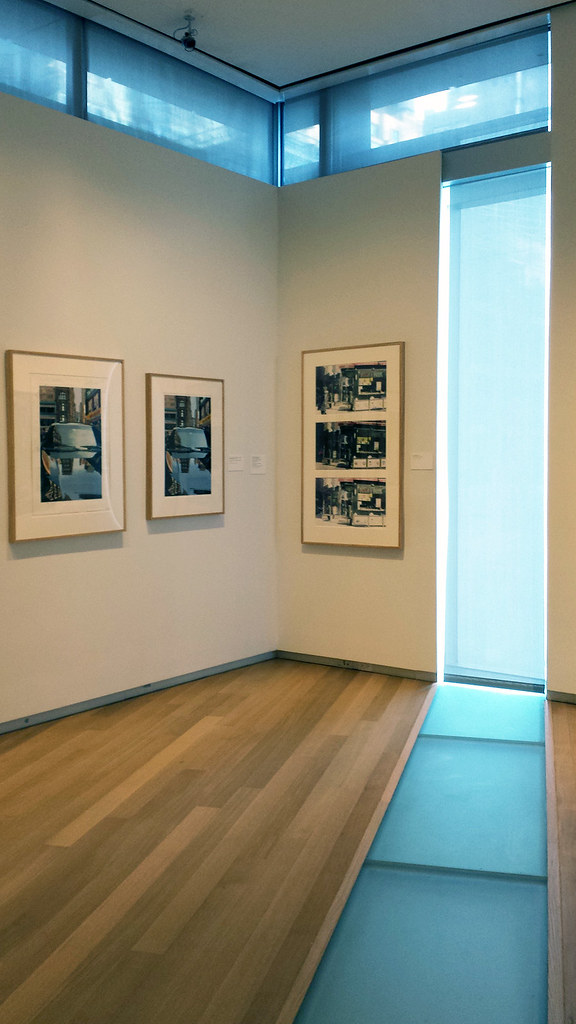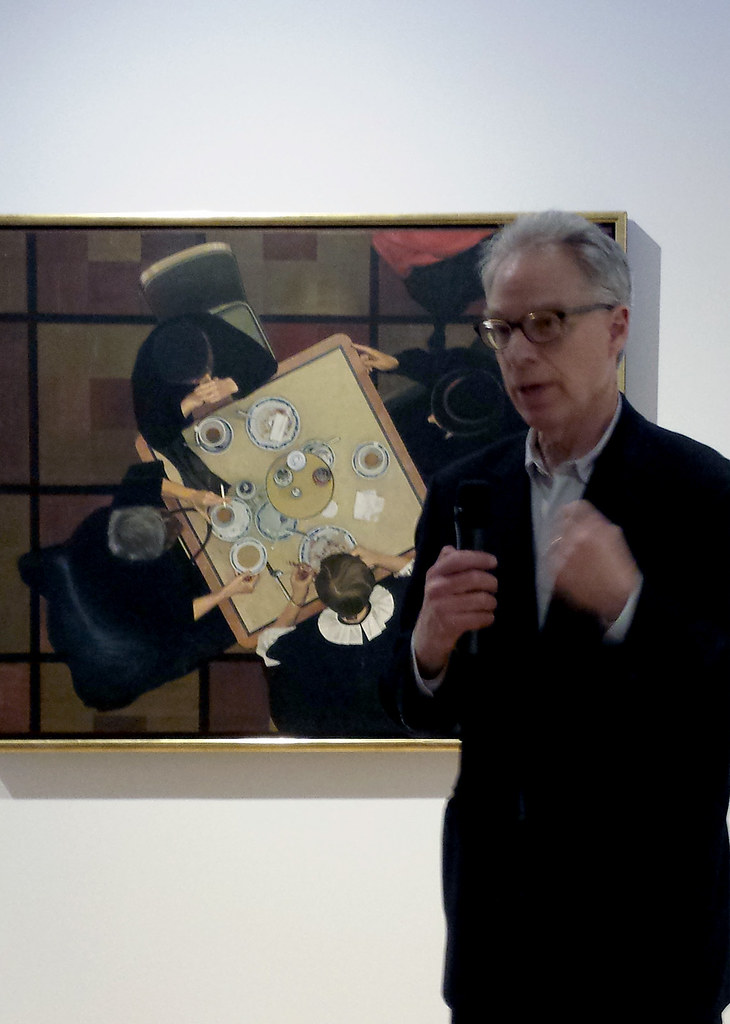Due to problems with my web host, in which my weekly web page would unexpectedly go blank from a couple lines of code, I decided earlier this year to migrate A Weekly Dose of Architecture – the website I started in 1999 and ran until 2014 – to this blog. So now you can find all 671 of the weekly doses under the "weekly dose" tag, and the few-hundred book reviews under the "book reviews" tag, combined with the ones from this blog.
The migration of that website to this blog, and the subsequent canceling of services with my web host, mean a few things:
That said, I hope this necessary but fairly ad hoc migration does not raise the ire of any readers of this blog and my old weekly page. Considering the short-term memory of the Internet these days, I'm not too worried. Nevertheless this blog is an archive of my interests and output, so I'll do my best to fix any issues that come about from something I should have done a long time ago, namely consolidating all of my "doses" in one place. Please comment if you see any problems I'm not aware of.
March 16 Update: I've reinstated some of the directories from my old server, such that in reference to the above:
The migration of that website to this blog, and the subsequent canceling of services with my web host, mean a few things:
- Any visits to the old home of the weekly doses will yield a "404 - Not Found"
- Many links to the weekly projects and book reviews will yield the same
- Many images on this blog will be broken
- Some articles (Kowloon Walled City, academic essays, articles for other publications) are gone altogether.
That said, I hope this necessary but fairly ad hoc migration does not raise the ire of any readers of this blog and my old weekly page. Considering the short-term memory of the Internet these days, I'm not too worried. Nevertheless this blog is an archive of my interests and output, so I'll do my best to fix any issues that come about from something I should have done a long time ago, namely consolidating all of my "doses" in one place. Please comment if you see any problems I'm not aware of.
March 16 Update: I've reinstated some of the directories from my old server, such that in reference to the above:
- Visits to individual pages on my old weekly home still yield a 404 error, but the root page points to this blog
- No change
- I've fixed most of the images on this blog
- I've reinstated my articles and KWC page in the same locations
